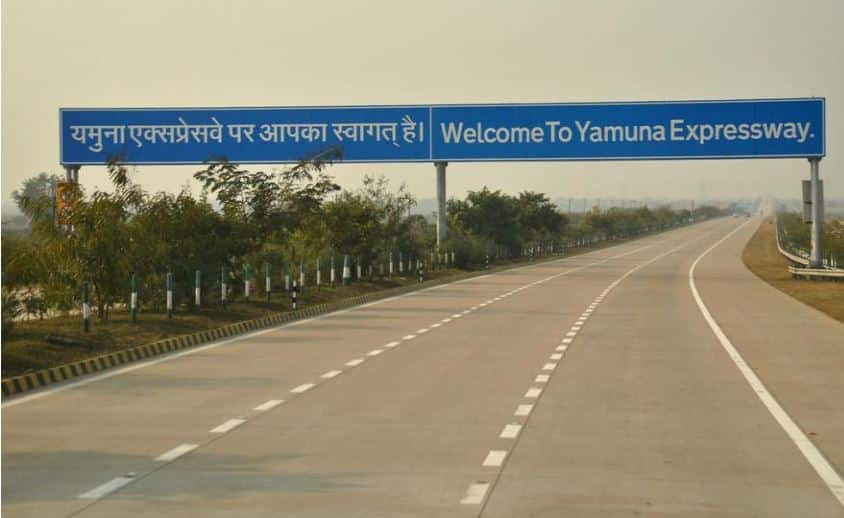UK, France, Germany, Belgium and Netherlands Set to Revolutionize Cross Border Rail Travel with High Speed Double Decker Trains Transforming the Future of European Connectivity
Tuesday, May 20, 2025

The future of European travel is on track for a major transformation as next-generation double-decker trains prepare to revolutionize connectivity between the UK and mainland Europe. Designed for lightning-fast speeds and expanded passenger capacity, these high-tech trains aim to alleviate congestion, reduce fares, and offer a greener alternative to air travel. With the backing of advanced rail innovation and increasing demand for sustainable transport, this ambitious project marks a turning point in how people will move across borders in the years to come.
Ambitious plans to launch high-speed double-decker trains through the Channel Tunnel are gaining momentum, promising to usher in a new era for cross-border travel between the United Kingdom and mainland Europe. With the UK’s rail system long criticized for its chronic delays, frequent cancellations, overcrowding, and steep ticket prices, the introduction of these innovative trains could provide a much-needed transformation in both service and experience.
Alstom, the renowned French multinational specializing in railway technology, is leading the initiative with its advanced Avelia Horizon trains. Capable of reaching speeds of up to three hundred kilometers per hour, these new double-decker trains are specifically designed to boost capacity and reduce passenger fares, potentially reshaping the competitive landscape of European rail transport.
The Channel Tunnel, a marvel of modern engineering linking the UK to France beneath the English Channel, has long been a critical artery for Eurostar services. However, the current infrastructure and rolling stock have shown limitations in handling increasing passenger volumes and operational demands. With demand for international rail journeys surging—especially amid growing environmental concerns over air travel—Alstom’s Avelia Horizon represents a pivotal upgrade.
According to Alstom’s chief executive, Henri Poupart-Lafarge, the new fleet has the potential to double the number of passengers per train, thanks to its spacious double-decker configuration. This boost in capacity could translate to lower ticket prices, making international rail travel more accessible and appealing to a broader range of travelers. He emphasized that the ultimate goal is to make train journeys not only faster but also more comfortable and affordable.
Despite the excitement surrounding the project, the journey to implementation has encountered several setbacks. Delivery timelines for the Avelia Horizon fleet have already been pushed back, with the earliest operational rollout now expected in 2026. These delays are largely attributed to the extensive safety evaluations and regulatory approvals required for trains operating within the Channel Tunnel.
Given the tunnel’s unique undersea environment and stringent safety protocols, any new rolling stock must undergo rigorous testing and certification before being integrated into regular service. Additionally, Eurostar—the current operator running high-speed trains through the tunnel—must approve the use of these new trains on its network. Industry experts suggest this approval process could take several years, depending on the complexity of testing and regulatory oversight.
For the Avelia Horizon trains to operate between London and various destinations across mainland Europe, both UK and EU transport regulators must confirm their compliance with cross-border standards. These include technical compatibility with existing tracks, tunnel safety regulations, and emergency evacuation protocols specific to the Channel Tunnel.
There are also logistical considerations related to infrastructure. Although the primary Eurostar maintenance depot—strategically located to serve the tunnel-bound fleet—can handle up to fifteen of the company’s existing four-hundred-meter-long trains, it is reportedly capable of stretching its capacity to accommodate up to twenty trains in times of high demand. On average, six to ten slots are used regularly for active Eurostar trains, leaving additional space currently occupied by decommissioned or inactive units. Any addition of Alstom’s new fleet will need to align with these space constraints unless further upgrades to the depot are made.
Beyond the potential for cheaper fares and improved passenger experience, the new trains represent a step forward in sustainable travel. As European nations intensify efforts to curb carbon emissions, high-speed rail offers a viable alternative to short-haul flights. With the ability to carry more passengers using energy-efficient systems, the Avelia Horizon models could significantly reduce the per capita environmental footprint of international travel.
The move is also aligned with broader European Union goals to promote cross-border rail connectivity and reduce reliance on fossil fuel-intensive air travel. France, Germany, and other EU nations have already announced plans to invest heavily in high-speed rail infrastructure, and the UK’s participation in this growing network could strengthen regional ties post-Brexit.
From an economic perspective, the introduction of higher-capacity trains could boost tourism, business travel, and cross-border commerce. Easier and more affordable travel options between the UK and European destinations such as Paris, Brussels, and Amsterdam could enhance cultural exchange and stimulate local economies on both sides of the Channel.
Travelers, meanwhile, would benefit from reduced congestion, faster journeys, and more frequent departures. With demand for environmentally conscious travel solutions on the rise, particularly among younger and business-savvy demographics, the double-decker trains could quickly gain popularity once operational.
Next-generation double-decker trains are set to transform European travel by delivering faster, more spacious, and eco-friendly journeys between the UK and mainland Europe. This breakthrough aims to reduce fares, ease overcrowding, and boost cross-border rail connectivity.
While challenges remain, the vision of double-decker high-speed trains darting through the Channel Tunnel is no longer just theoretical. As infrastructure adapts and regulatory approvals are pursued, Alstom and its partners are laying the groundwork for a major leap forward in international rail transport. If all goes according to plan, passengers in just a few years may be able to enjoy smoother, faster, and greener journeys from London to the heart of continental Europe.
What was once a congested, unpredictable, and often costly travel experience may soon be replaced with a reliable and comfortable alternative—bringing the dream of next-generation rail travel one step closer to reality.












